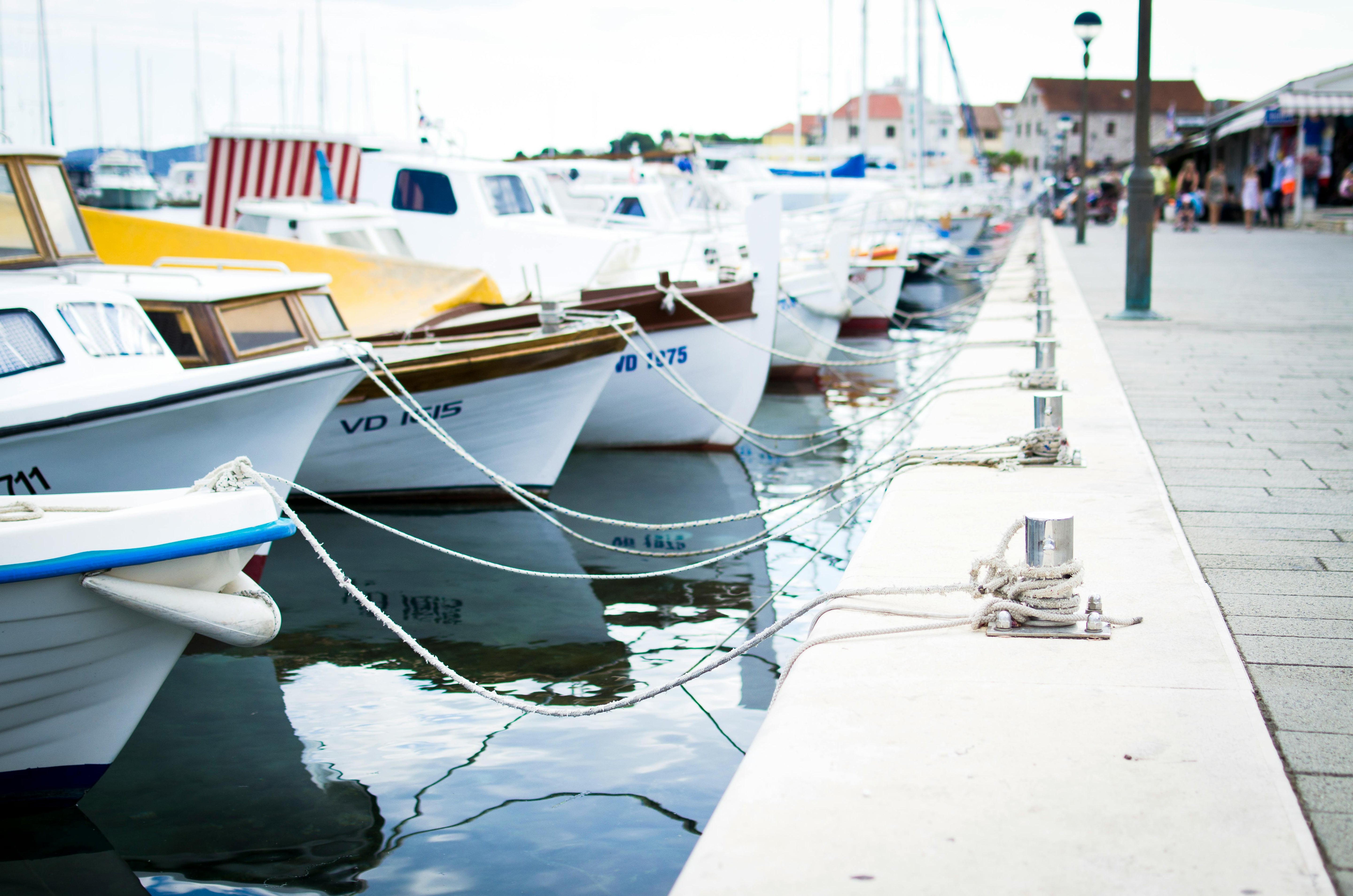
Marine Vinyl vs. Leather vs. Canvas: The Ultimate Showdown for Your Boat
Choosing the right material for boat seats can make or break your time on the water. Marine vinyl, leather, and canvas each offer distinct strengths, but their differences in comfort, durability, and maintenance can dramatically affect your boating experience. This guide compares these materials to help you make the best choice based on your needs, climate, and maintenance preferences.
Key Takeaways
-
Marine vinyl offers unmatched water resistance, UV protection, and easy maintenance, making it the most practical choice for high-traffic areas.
-
Leather provides a luxurious look and feel but requires meticulous care and is best for protected, interior areas.
-
Canvas, a lightweight and breathable fabric, works well for covers and shaded spaces but requires regular treatment to maintain performance.
Comparing Durability and Longevity
Durability directly affects how long your investment in marine upholstery lasts. Here’s how each material holds up:
Marine Vinyl
Marine-grade vinyl is a top performer when it comes to long-term use. Constructed from PVC or polyurethane layers with reinforced knit backings, it’s built to withstand sun, salt, water, and abrasion. Quality marine vinyl like Flexa Marine Vinyl boasts a 0.95mm thickness and can withstand 250,000+ double rubs, ensuring longevity in even the harshest environments. Vinyl also resists mold and mildew and maintains its structure and appearance over time.
Leather
Leather brings a premium touch to boat interiors but isn’t suited for all marine conditions. While full-grain and top-grain leather offer excellent durability, they require frequent conditioning and cleaning to avoid cracking, drying, or salt damage. Synthetic options like high-end faux leather can mimic the feel of leather while being more water-resistant, but still require more upkeep than vinyl.
Canvas
Marine-grade canvas is typically made from cotton or polyester-blend fibers treated for water resistance. It performs well in seasonal and shaded use cases, but can be more susceptible to UV degradation and mold without routine treatment.
Maintenance and Cleaning Requirements
Ease of Maintenance
Marine vinyl stands out for its low-maintenance requirements. A simple wipe with soap and water is often enough to keep vinyl clean. For deeper cleaning or conditioning, vinyl-specific protectants can be applied every few weeks to prevent UV damage and cracking. Adhesives like HH-66 cement work exceptionally well when applying or repairing vinyl in marine environments.
In contrast, leather demands specialty cleaners and conditioners to stay supple and avoid sun damage. Canvas needs thorough drying, occasional waterproofing sprays, and mildew removal treatments to stay in shape.
Resistance to Water, UV, and Mildew
-
Vinyl: Completely waterproof, naturally mildew-resistant, and UV-treated.
-
Leather: Requires conditioning and protection from salt and sun. Prone to mold if not maintained.
-
Canvas: Water-resistant (not waterproof), needs regular retreatment to sustain mildew and UV protection.
Comfort and Aesthetic Appeal
Texture and Feel
Marine vinyl delivers a comfortable, slightly cushioned feel that doesn’t get sticky or brittle over time. It offers a range of textures — from smooth to leather-like grains — without compromising durability. It maintains a consistent feel even after years of use.
Leather brings softness and breathability unmatched by synthetic options. It warms with your body temperature and ages with a unique patina. Canvas, on the other hand, offers a more utilitarian texture, slightly rough to the touch but lightweight and breathable.
Visual Appearance
-
Marine Vinyl: Clean, uniform look available in a wide variety of colors and finishes, including textured styles that mimic leather.
-
Leather: Naturally luxurious with rich tones and grain variation. Perfect for interior luxury spaces.
-
Canvas: Traditional, classic marine look best suited for functional applications like sail covers, biminis, and storage covers.
Best Applications for Each Material
Marine Vinyl
Ideal for cockpit seating, helm chairs, sun pads, and any high-traffic, water-exposed areas. It’s the go-to for boaters who want style, comfort, and long-term durability with minimal maintenance.
Leather
Best for interior applications like cabin seating or yachts kept in covered storage. Leather elevates the aesthetic but must be kept out of direct sun and away from constant moisture.
Canvas
Perfect for seasonal covers, temporary upholstery, or shaded seating where airflow and lightweight handling matter most. Its eco-friendly profile appeals to those seeking natural materials.
Final Recommendations
For most boaters, marine vinyl provides the best balance of performance, ease of care, and visual appeal. Leather brings a touch of luxury where conditions allow, while canvas serves a niche for specific uses like sun covers or breathable seating.
Smart buyers match their choice to where and how their boat is used. When durability, UV resistance, and low maintenance are top priorities, marine vinyl stands alone.
FAQs
Q: Which material is most resistant to water and mildew?
A: Marine vinyl. It creates a waterproof barrier and resists mold naturally.
Q: Which option is most luxurious?
A:Leather offers unmatched luxury and warmth, but it comes with care requirements.
Q: Which material is best for DIY projects?
A: Marine vinyl is easiest to cut, sew, and glue (especially using HH-66 cement), making it ideal for DIY upholstery.
Q: Which material lasts the longest?
A:Marine vinyl typically lasts 7–10 years with proper care, outpacing leather and canvas in marine environments.


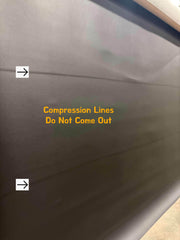
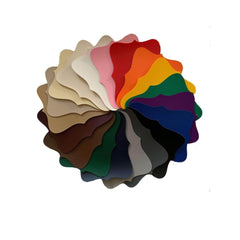
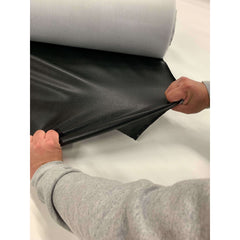
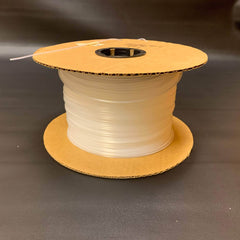


Leave a comment
This site is protected by hCaptcha and the hCaptcha Privacy Policy and Terms of Service apply.